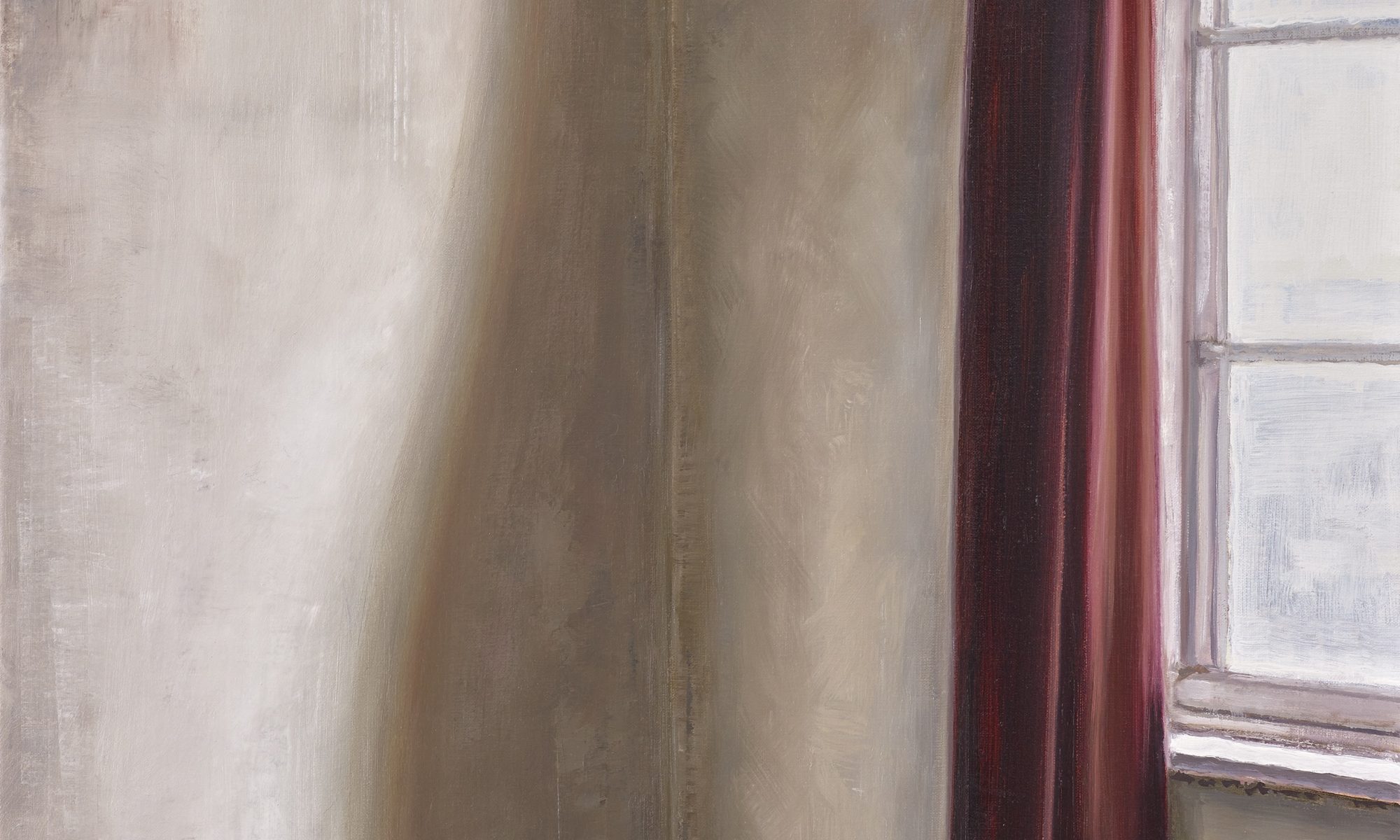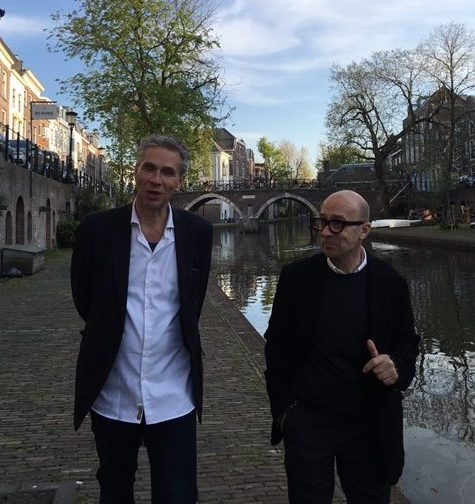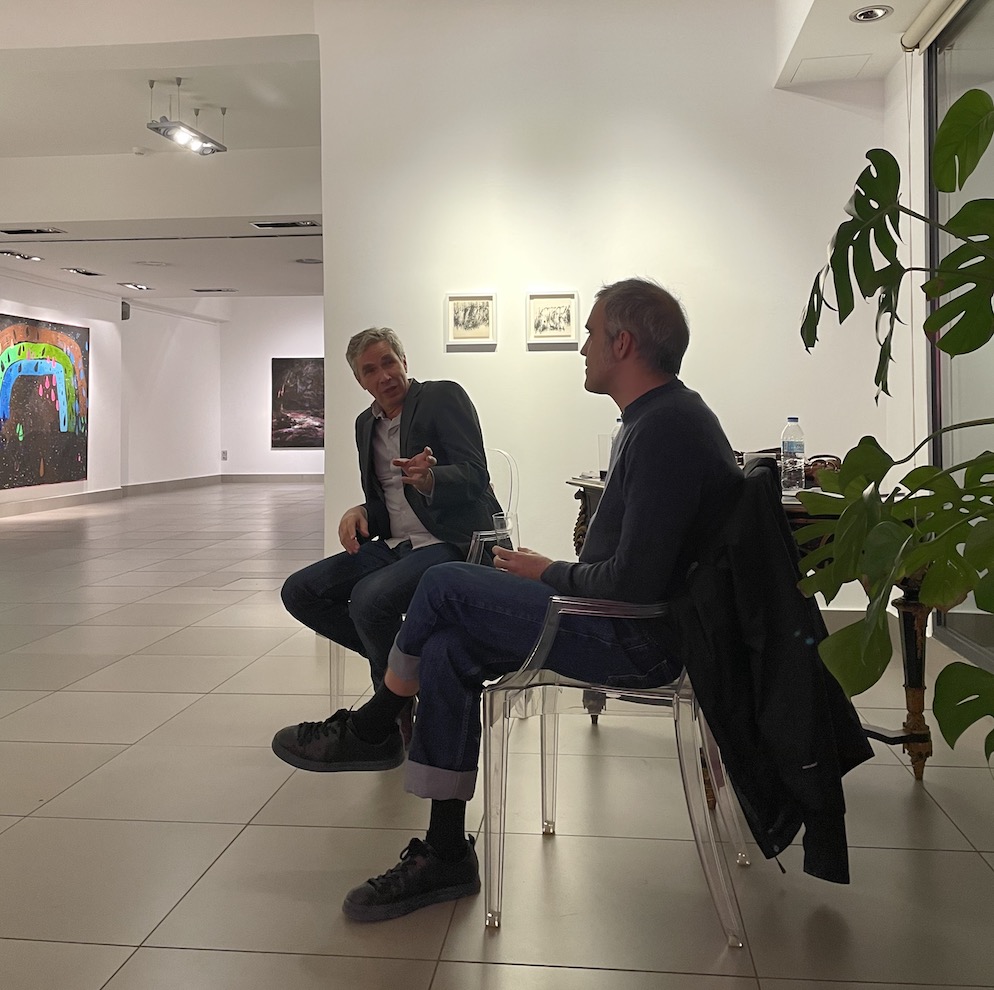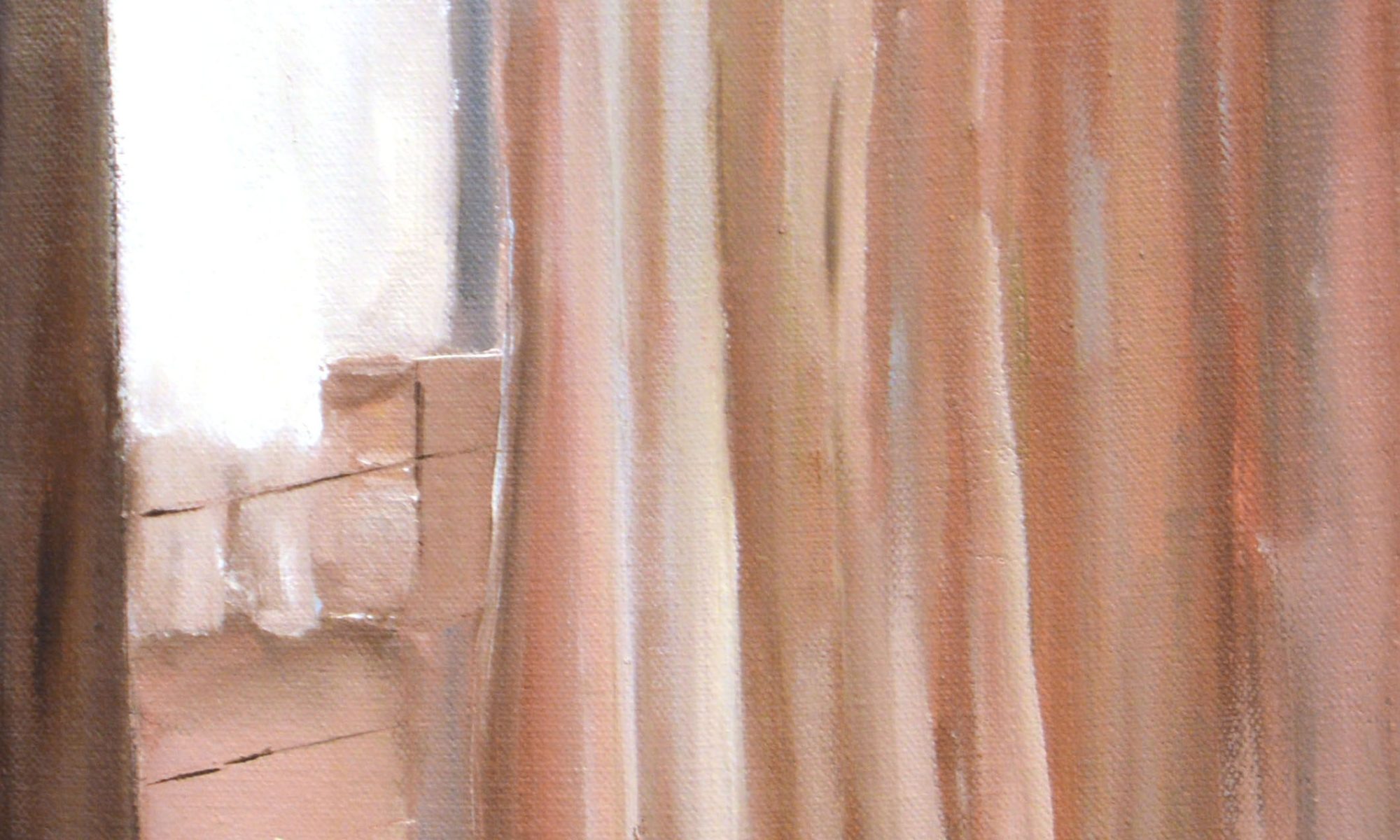Los Angeles based painter Marc Trujillo shows recent works in the exhibition ‘8810 Tampa Avenue’ at West in The Hague (The Netherlands). Curator Jurriaan Benschop spoke with the artist at the opening (on May 7th 2023), about what makes a painting work, Trujillo’s relation to old Dutch Masters, and how to deal with desire in a painting.
Living and working in Los Angeles, the artist takes stock of everyday American life by portraying precise details of shopping malls, fast food restaurants and consumer goods. The paintings are small and compact, in contrast to the physical and existential space taken up by consumer architecture in the American landscape. For Trujillo, painting is a way to pay attention to places that are not meant to be looked at for a longer time. He remarks, ‘I look for the precise expression of mixed feelings.’ According to him, a painting is successful and most potent when it comprises the necessary degree of ambivalence. What is visually appealing and fascinating can at the same time generate uncomfortable thoughts on globalization, sustainability and the emptiness behind the facades of material prosperity.
Trujillo is one of more than 40 artists featured in the book ‘Waarom een schilderij werkt’ (Why Paintings Work), by Jurriaan Benschop. The book is available during exhibition hours at West , The Hague, Wed-Sun 12-18h. The exhibition is on view till 27 August, 2023.










